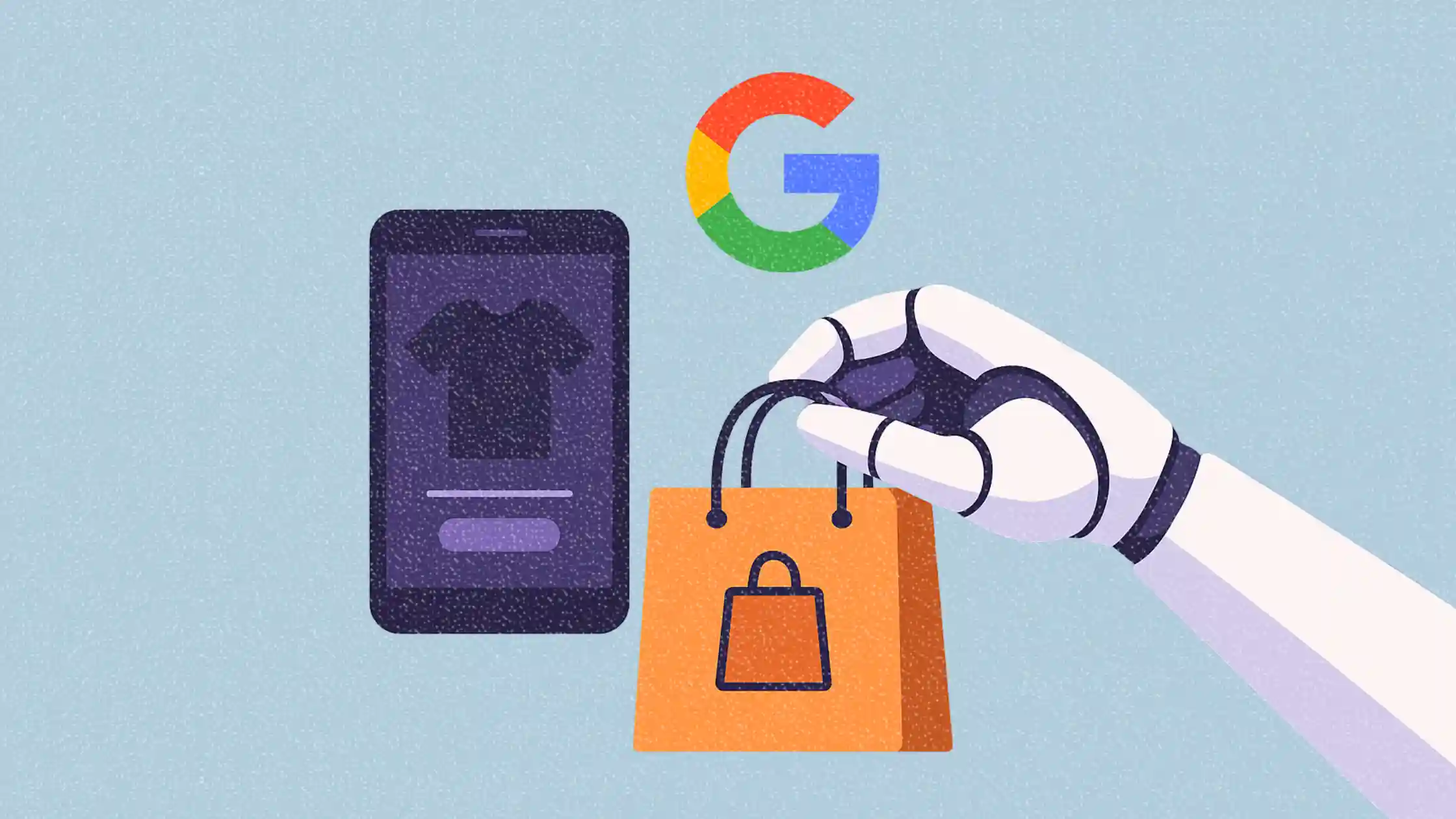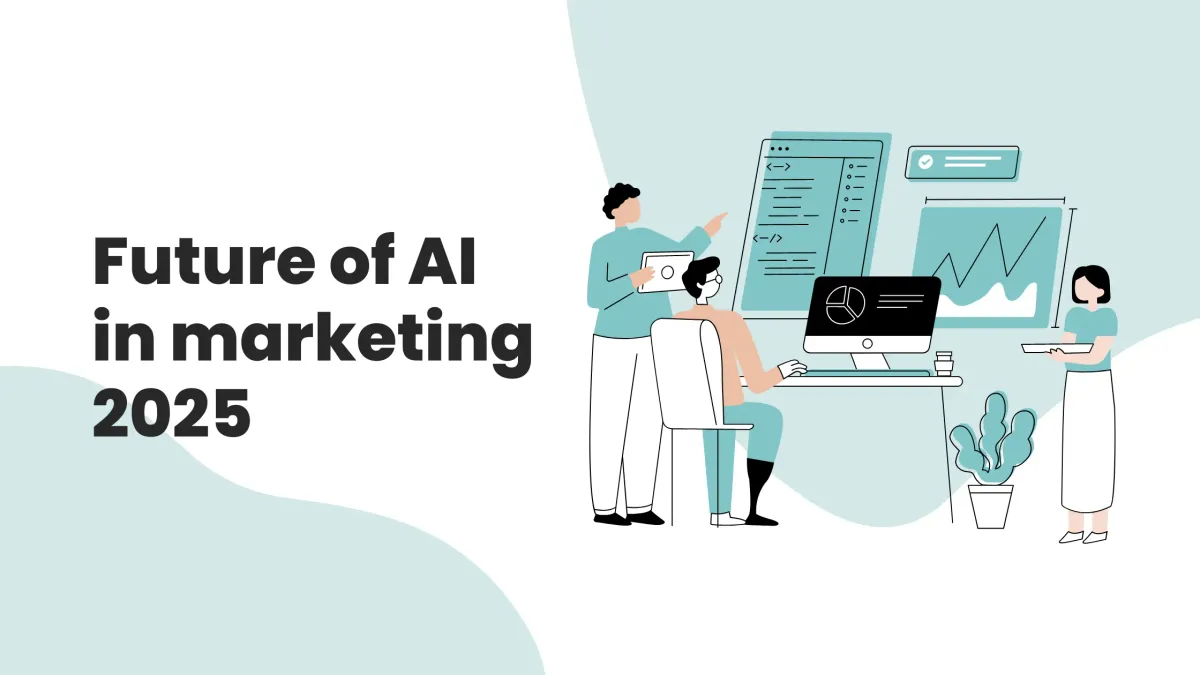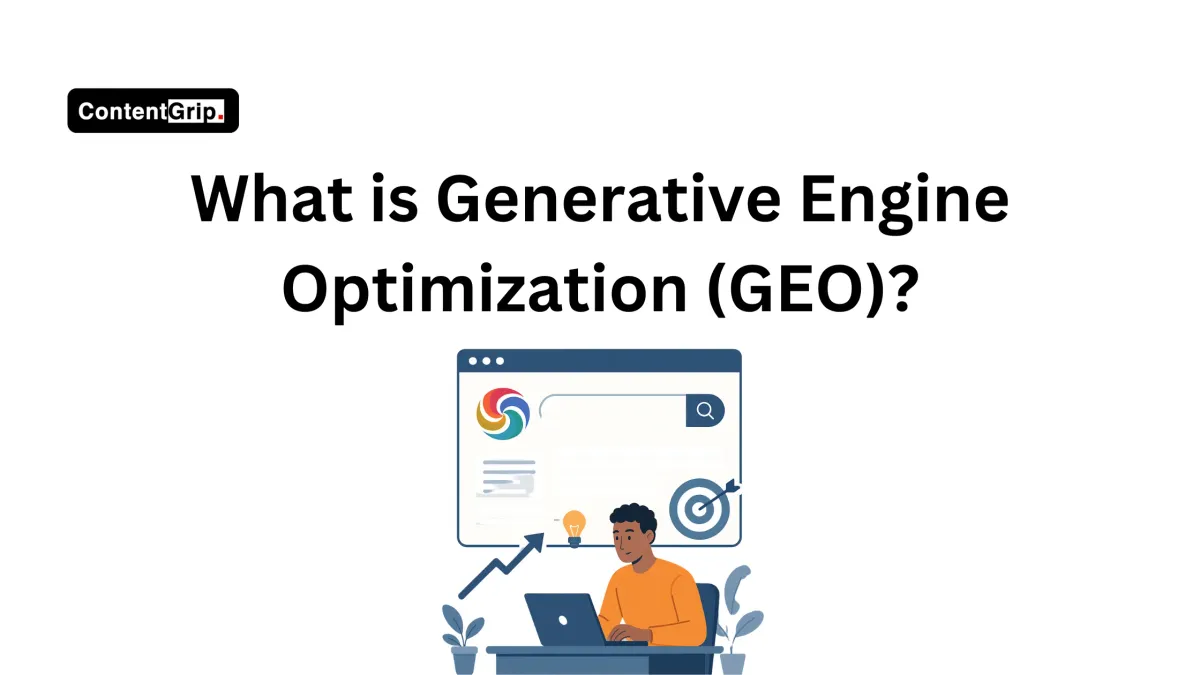Google's AI Mode turns Google into a personal shopper: here’s what marketers should know
With Gemini and 50B+ product listings, Google is merging discovery and commerce in AI Mode

Google Search is no longer just a gateway to information—it’s now a personal shopper, stylist, and deal-hunting assistant.
At Google I/O 2025, the company unveiled its most commerce-focused update yet to AI Mode, adding tools that let users try on outfits virtually, track product prices, and even auto-complete purchases through agentic checkout.
This signals a major evolution for search: from reactive results to proactive transactions. With over 50 billion product listings and real-time price tracking, Google’s AI Mode is positioning itself as a frontline shopping assistant—and marketers in fashion, retail, and e-commerce should pay close attention.
In this piece, we break down what’s new, why it matters, and how brands can prepare for AI-driven shopping behaviors.
Short on time?
Here’s a table of contents for quick access:
- AI Mode goes beyond search: shopping gets a full revamp
- Virtual try-ons bring your photo to the fitting room
- Agentic checkout makes Google your buyer
- Personal context and dynamic discovery
- What marketers should know

AI Mode goes beyond search: shopping gets a full revamp
With Gemini models at its core and real-time product data from Google’s Shopping Graph, AI Mode now handles the full shopping funnel—from idea to purchase. The Shopping Graph includes 50 billion listings, constantly updated (2 billion refreshed hourly), with pricing, reviews, availability, and seller details.
Let’s say a user searches for a “cute travel bag for Portland in May.” AI Mode interprets not just keywords but context—weather, season, location, and durability needs—and fans out hundreds of sub-searches. The right panel dynamically fills with visual suggestions tailored to that exact need.
As shoppers refine their needs, the system updates in real-time, providing visual inspiration and surfacing new, sometimes lesser-known brands. This is discovery commerce at AI speed.
Google's AI mode introduces AI shopping
Virtual try-ons bring your photo to the fitting room
One of the standout features: virtual try-ons using your own full-body image.
Google's AI Mode can now overlay billions of clothing listings onto a user-uploaded photo. Powered by a fashion-specific image generation model, it simulates how clothing folds, drapes, and fits on different body types—with photorealistic results.
Currently available in Search Labs in the U.S., the feature supports shirts, pants, skirts, and dresses. Users tap “try it on” in product listings, upload a photo, and preview how that maxi dress or streetwear look fits their frame. They can also save or share looks to get feedback before purchasing.
This is a first-of-its-kind, scaled virtual dressing room—a major milestone in reducing uncertainty in fashion e-commerce.
Google's AI mode AI shopping - Virtual Try-ons feature
Agentic checkout makes Google your buyer
Once a user finds the right item, they can activate agentic checkout.
Here’s how it works:
- Tap “track price” on a product listing
- Set preferences (size, color, budget)
- When the price drops, Google notifies the user
- If the user confirms, Google adds the item to the cart and securely checks out via Google Pay
This hands-off buying flow is designed to eliminate friction at the most critical point in the funnel: conversion. Rolling out in the coming months in the U.S., agentic checkout could significantly compress the buying journey—and make loyalty a lot more about convenience than brand.
Google's AI mode AI shopping - Agentic Checkout feature
Personal context and dynamic discovery
Beyond shopping, AI Mode is also layering in personal context—if the user opts in. It can pull from past searches and Gmail data to customize results based on travel plans, past bookings, or user habits.
Searching “things to do in Nashville this weekend” may trigger AI Mode to show outdoor restaurants and local events based on flight and hotel confirmations. Contextual awareness like this makes AI Mode more concierge than search engine, helping users make decisions faster.
Marketers should prepare for discovery pathways that don’t start—or end—on their own platforms.
What marketers should know
With AI Mode expanding into personal shopping, here's how marketers should respond:
1. Make your listings AI-friendly
Product feeds should include clean, structured metadata: accurate pricing, rich descriptions, reviews, specs, and high-resolution visuals. AI Mode sources from Google’s Shopping Graph, which favors well-labeled, complete product data that can be easily parsed and cited by AI.
2. GEO is the new SEO
Generative Engine Optimization (GEO) means creating content that AI systems—like Gemini, ChatGPT, or Perplexity—can understand, trust, and reuse.
This includes:
- Using schema markup for product, review, and FAQ content
- Writing concise, fact-based copy that can be quoted or summarized
- Including citations, source links, and updated stats where possible
GEO helps your brand show up not just on search result pages—but inside the AI-generated responses themselves.

3. Optimize for dynamic, visual-first discovery
AI Mode relies heavily on images to surface products and inspire discovery. Product photography should reflect real use cases, diverse styling, and different body types—especially as virtual try-ons become a core feature.
4. Embrace micro-moment targeting
AI Mode personalizes based on time, location, behavior, and even weather. Ensure your product titles, tags, and copy address niche use cases—like “rainproof backpacks for spring travel” or “vegan boots for Portland.”
5. Prepare for frictionless checkout journeys
With agentic checkout in play, brands should audit their cart structures and payment integrations. Ensure SKUs, variants, and inventory data sync properly across channels to support AI-triggered purchases via Google Pay.
6. Watch for shifts in influencer behavior
With users able to “try it on” themselves, the traditional role of influencer outfit inspiration may diminish slightly. Marketers should test content strategies that work both with and without influencer intermediaries.
Final thoughts
Google’s AI Mode is turning search into a personalized, visual, and transaction-ready experience. For brands and marketers, this shift opens new doors—but only if they adapt content, tech stacks, and ad strategies for AI-first commerce.
As the lines blur between search, discovery, and shopping, the smartest marketing teams will be those that don’t just chase visibility—but engineer participation in the AI-led purchase journey.





